Plateau culture
CULTURES SKILLS
- Caving
- Climbing
- Distance Running
- Fletching
- Horticulture
- Leatherworking
- Sprinting
- Tracking
Legend
“People of the uplands, eager to protect their own as fiercely as they seek vengeance and conquest.”
Description
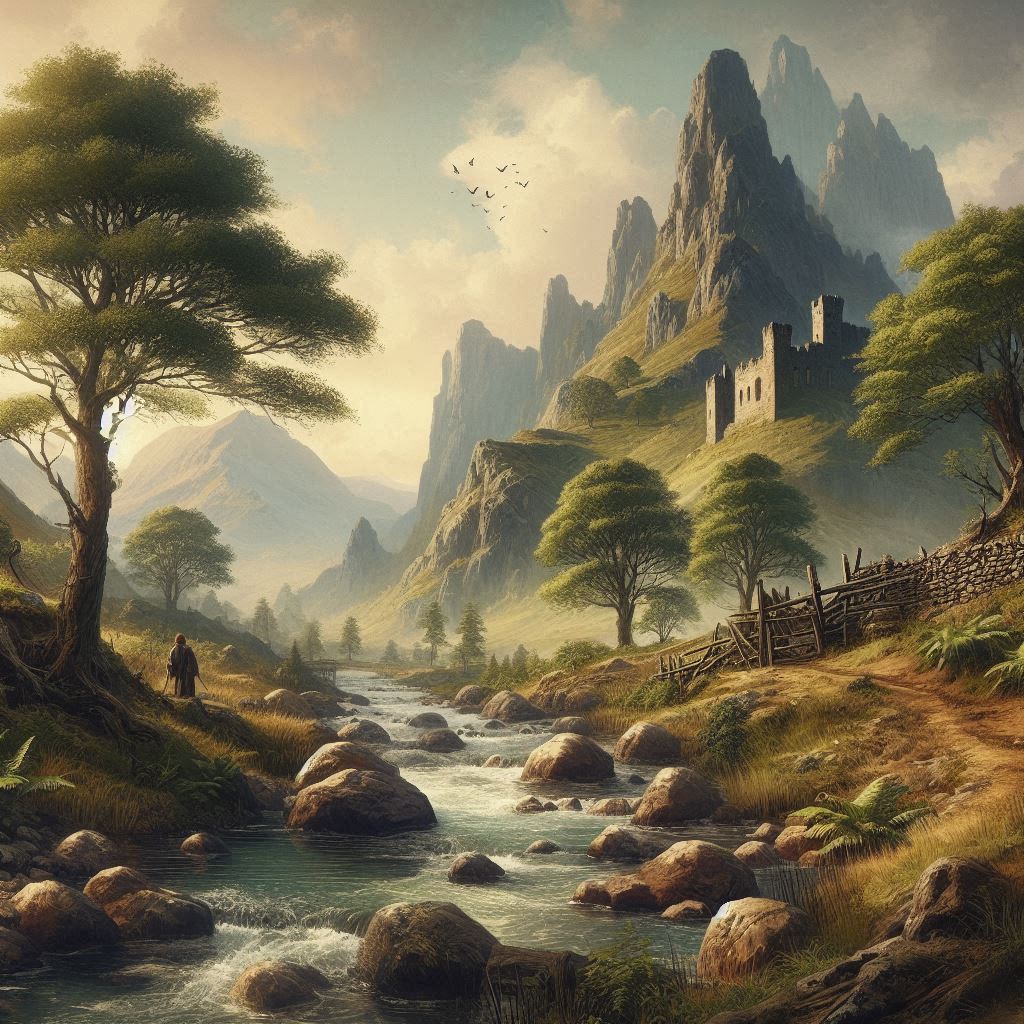
Uplanders are hardy herders, hunters, and gatherers who live in extended families within fortified clan-holds. They are deeply rooted in their traditions, with elders playing crucial roles as keepers of wisdom, history, and culture. Uplander society often clashes with the recent Law of The Realm, as they prefer to end blood feuds with ceremonial rites rather than paying fines.
Lifestyle: Uplanders are extremely gifted storytellers, poets, and musicians, with a culture rich in oral traditions. They often resolve disputes through combat or warfare. Music is central to their lives, and they use unique instruments such as specialised drums or distinctive stringed instruments. Their settlements are often fortified and strategically positioned for defence and control over their territory.
Diet: Plateau dwellers eat a diet based on grain farming, root vegetables, and small game. They may also trade with nearby lowlands for additional food supplies. Their diet is varied but relies on staple crops that can grow in the highland environment, supplemented by whatever game and foraged plants they can find.
Traditions and Stories: Their oral traditions preserve history, myths, and laws and are passed down through generations. Artistic expression is diverse, encompassing poetry, music, and dance, with elaborate performances that are integral to their cultural identity.
Marriage Pattern: Marriage is monogamous, and individuals must marry outside their immediate family. Wedding ceremonies are elaborate, featuring rituals that solidify alliances between clans and celebrate the union of two families.
Religion: Uplanders have a strong spiritual connection to the land. Their beliefs in nature spirits and reverence for the hills, forests, and rivers are central to their rituals. The clergy interpret superstitions, conduct ceremonies, and play a significant role in governance and daily life.
- Religious system: Polytheism, as they have experienced the pantheon of deities associated with various aspects of life.
- God-Mortal Interaction: Belief in deities inhabiting mountains, forests, and rivers.
- Rituals: sacrifices to mountain gods for protection, coming-of-age ceremonies, and festivals celebrating the harvest.
- Impact on Society: A hierarchical society often develops, with the eldest members of the clan holding authority. Religion reinforces the importance of community and tradition.
Skjald Sejrik
Craftsmanship: Uplander craftsmanship includes intricate wood carvings, weaving, and pottery. These crafts are deeply tied to their identity and often depict scenes from their daily lives, myths, and nature. Their work, although rustic, is highly valued for its beauty and cultural significance.
Clothing & Decoration: Uplanders wear crude wool and leather hide tunics and leggings, with rough overcoats and short cloaks of fur. Their clothing is practical, designed for durability and protection against the elements, often adorned with simple decorations and clan symbols.
Armour: They typically wear no armour or soft leather armour, favouring mobility and speed over heavy protection.
Weapons: Their weaponry includes broadswords, clubs, daggers, handaxes, javelins, short bows, and spears. These weapons are crafted for both hunting and combat, reflecting their need for survival and defence.
Special Items: Their workmanship, though rustic, has a unique aesthetic appeal. Items are made from materials that may not endure long, such as bronze, copper, tin, leather, yarn, and wood, but are treasured for their craftsmanship and cultural significance.
Skjald Sigurd
Time: Uplanders adhere to traditional agricultural cycles, seasonal variations, solstices, and moon phases. Their activities are linked to everyday routines and local landmarks, influencing natural events and the surrounding ecosystem.
Accomplishment and achievement: Self-reliance and the ability to thrive in difficult terrain, balanced between individual and group efforts, with a focus on successful farming, craftsmanship, and hilltop fortifications. Individual achievements in hunting and crafting are highly regarded.
Authority Interaction: Respectful, with a hierarchy based on land ownership and experience. Skilled elders or chieftains who have proved competence and wisdom possess challengeable power, with a focus on communal welfare.
Fears & Inabilities: Superstition is widespread, with a particular fear of spirits. These beliefs influence their behaviour and rituals, making them cautious and wary of the supernatural.
Mien: The culture has a medium influence, and can cultivate a strong, independent defensive, territorial demeanor.
Mannerism: Uplanders are often suspicious and self-centered but also vocal and animated. They love to talk, laugh, and sing, particularly during social gatherings.
Prejudices: Tensions with Nomads run deep, often stemming from historical conflicts. While clashes are common, there are also moments of mutual respect and cooperation.
Skjald Vinotis
Resistance: Uplanders have developed moderate resistance to certain poisons and diseases through their rugged lifestyle. Their strong constitution and physical endurance help them combat illnesses.
Disease Resistance: Living in hills and mountains reduces exposure to many diseases, but their close-knit communities can still spread infections, leading to moderate disease resistance.
Poison Resistance: Their outdoor lifestyle grants them some resistance to natural toxins, resulting in moderate poison resistance.
Remedies: Herbal remedies and concoctions from plants found in their mountainous habitats are central to their healing practices, reflecting their deep knowledge of local flora.
Skjald Valgrif
History
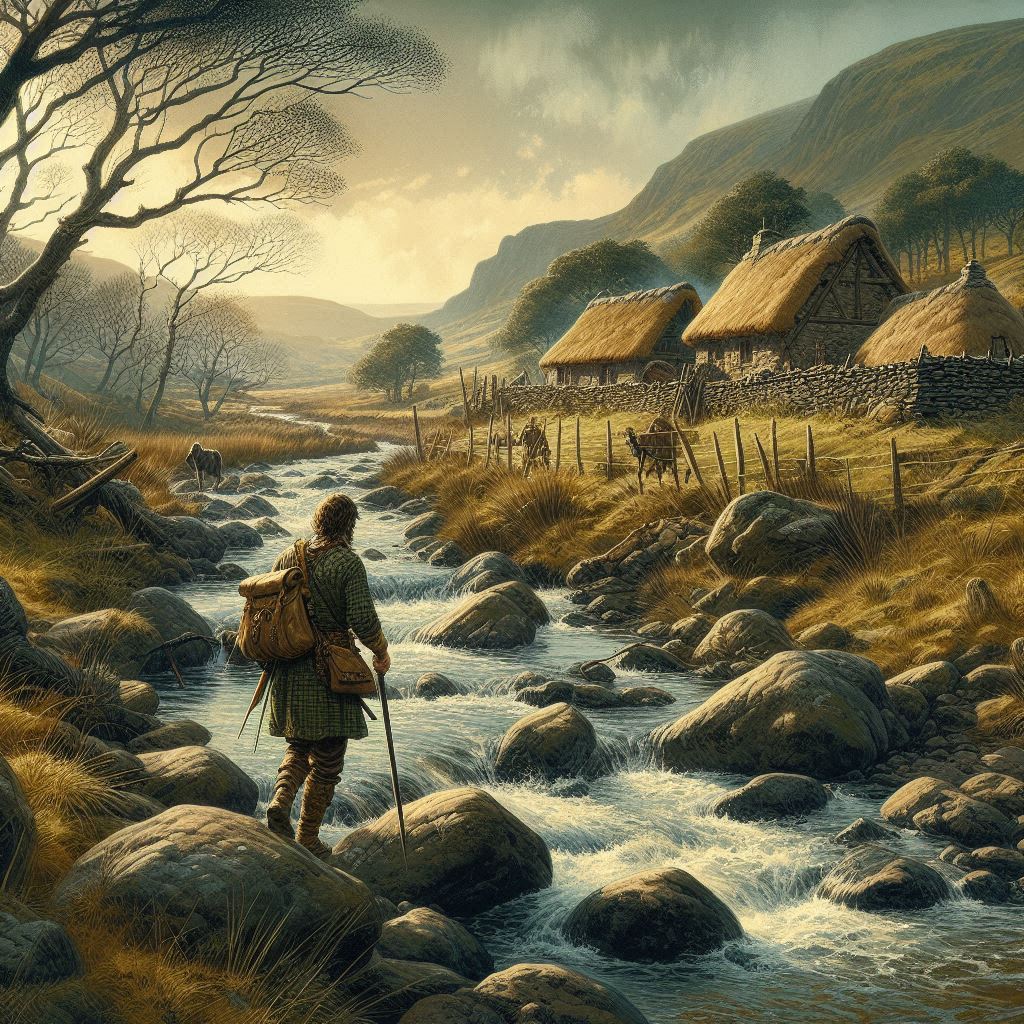
Uplanders have a history of isolation, leading to the development of unique traditions and languages. Conflicts with lowland peoples and rival hill clans have shaped their warrior culture and societal structure. Their history is marked by legendary battles, heroic figures, and the ever-present struggle for survival.
Skjald El Mary
Cartography
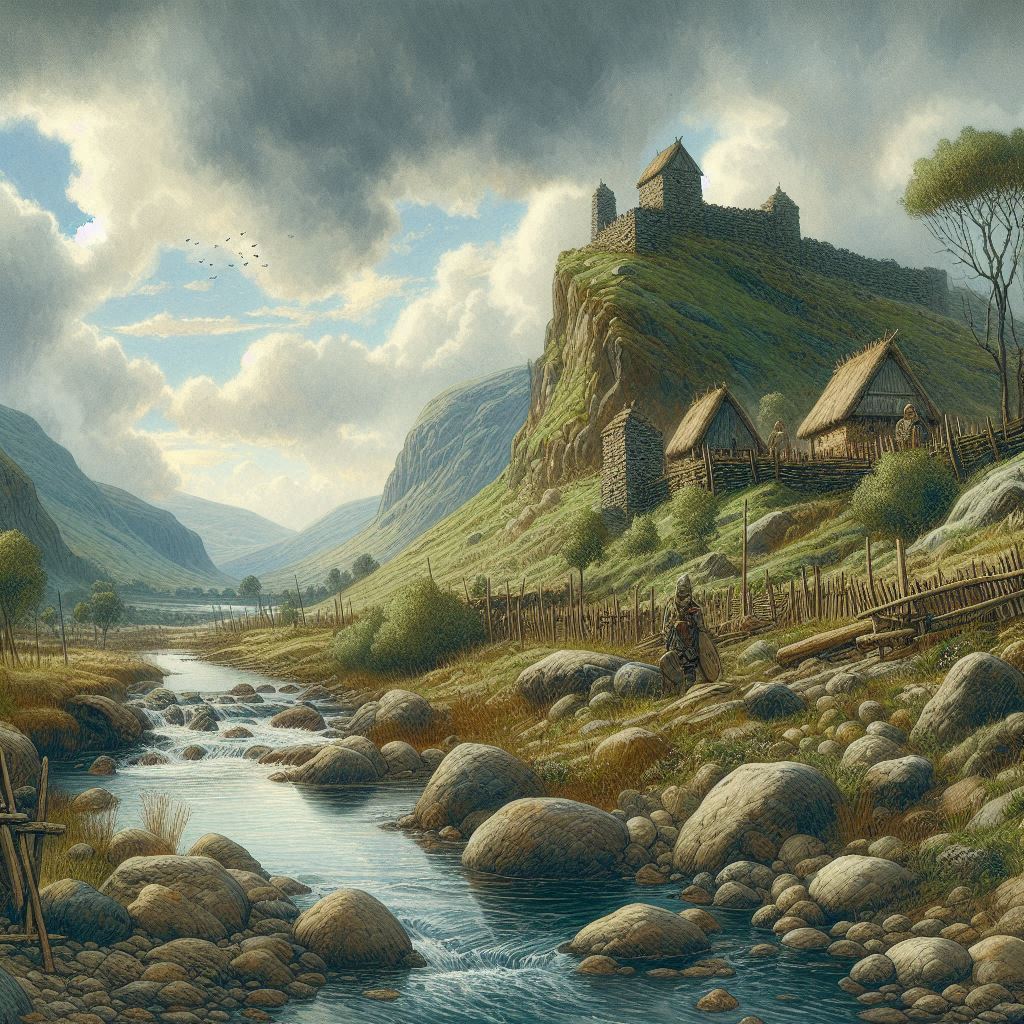
Uplander settlements are strategically positioned on hilltops or in valleys, serving as defensive structures and cultural centers. These fortified clanholds and villages are designed to withstand attacks and provide security for their inhabitants.
Skjald Kazumix
Organisation
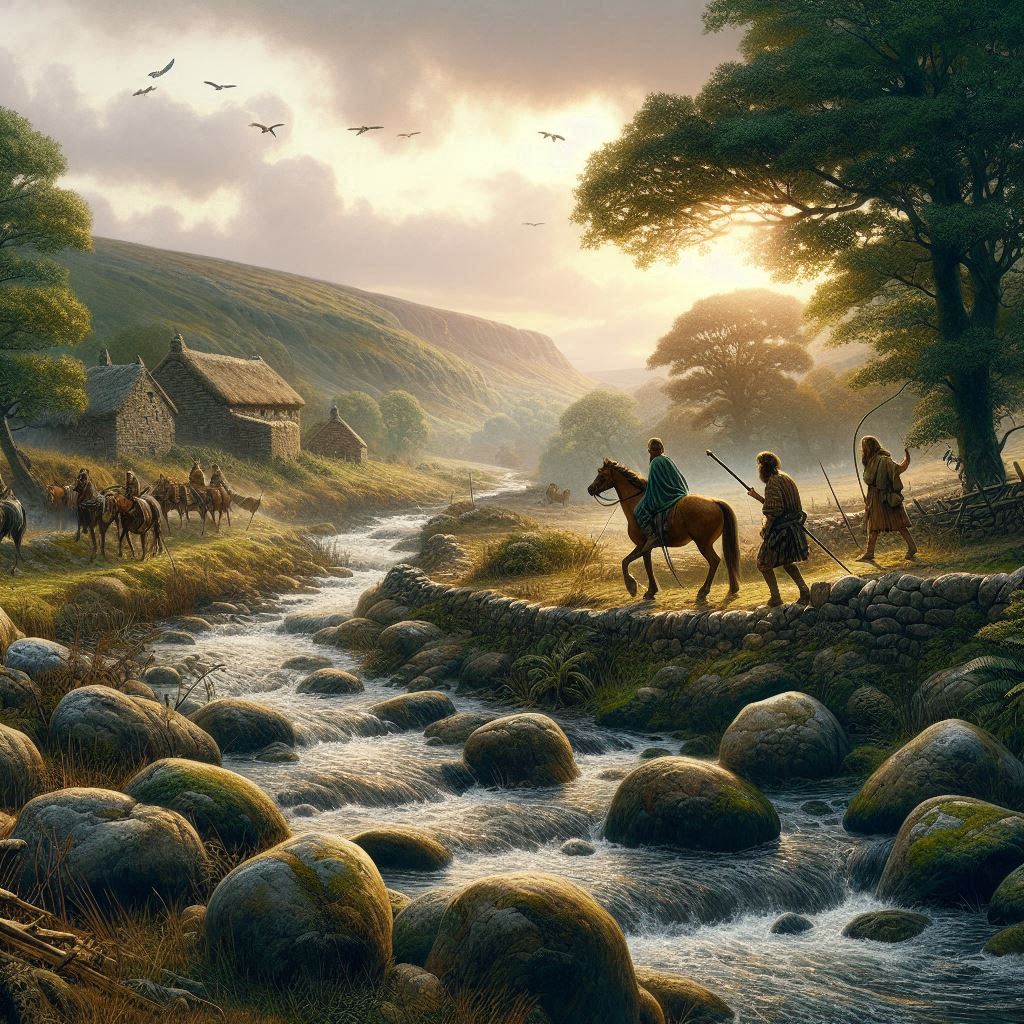
Uplander society is clan-based, with a strong emphasis on loyalty and kinship. Clan rivalries and allegiances are complex, often fuelled by historical conflicts, territorial disputes, or differing interpretations of traditions. Leadership typically rests with the clan chief, a skilled warrior, or a wise elder.
Skjald Sejrik
Special
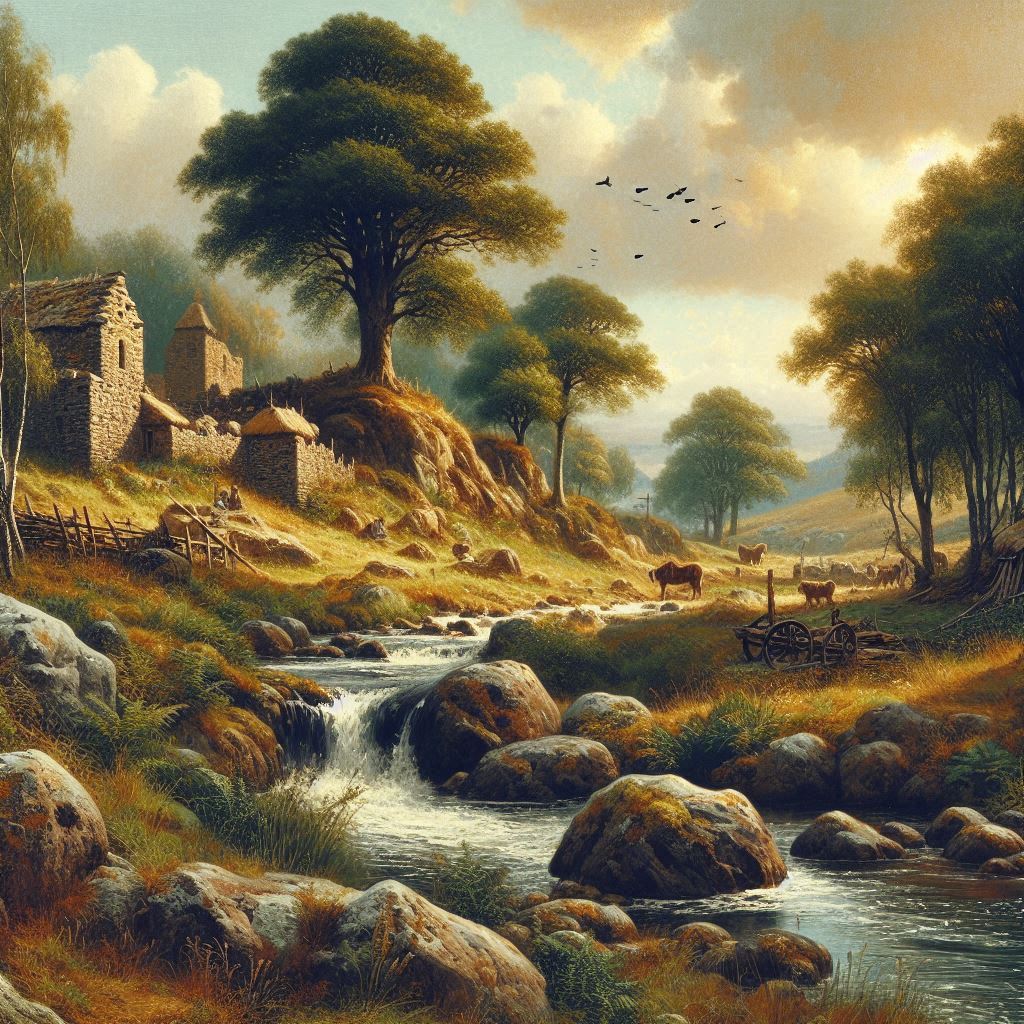
Uplanders possess unique skills in mountain warfare, deep knowledge of upland herbs and medicinal plants, and a strong connection to the spirits of the mountains. Their expertise in fortifications and defensive strategies makes them formidable protectors of their territory.
Skjald El Mary
Last Updated on 2024-10-20 by IoM-Christian
